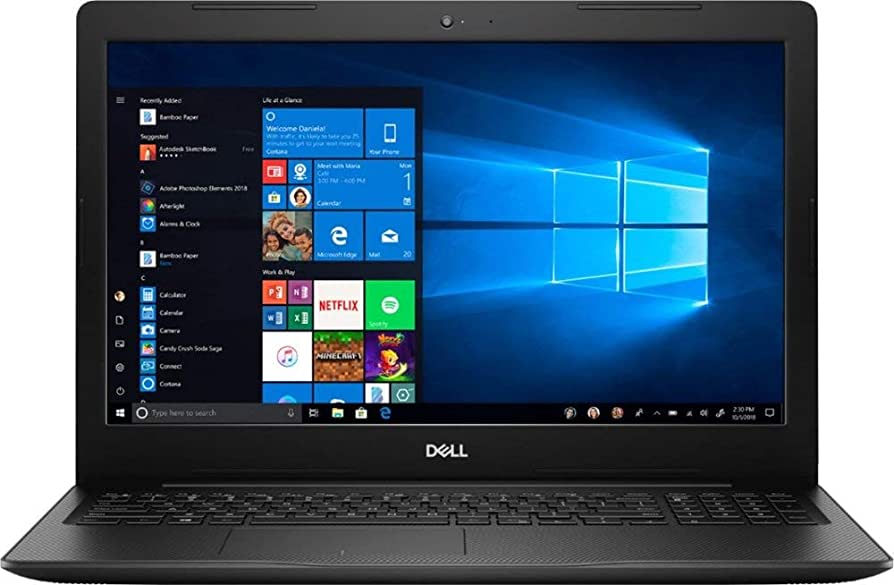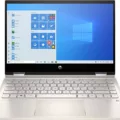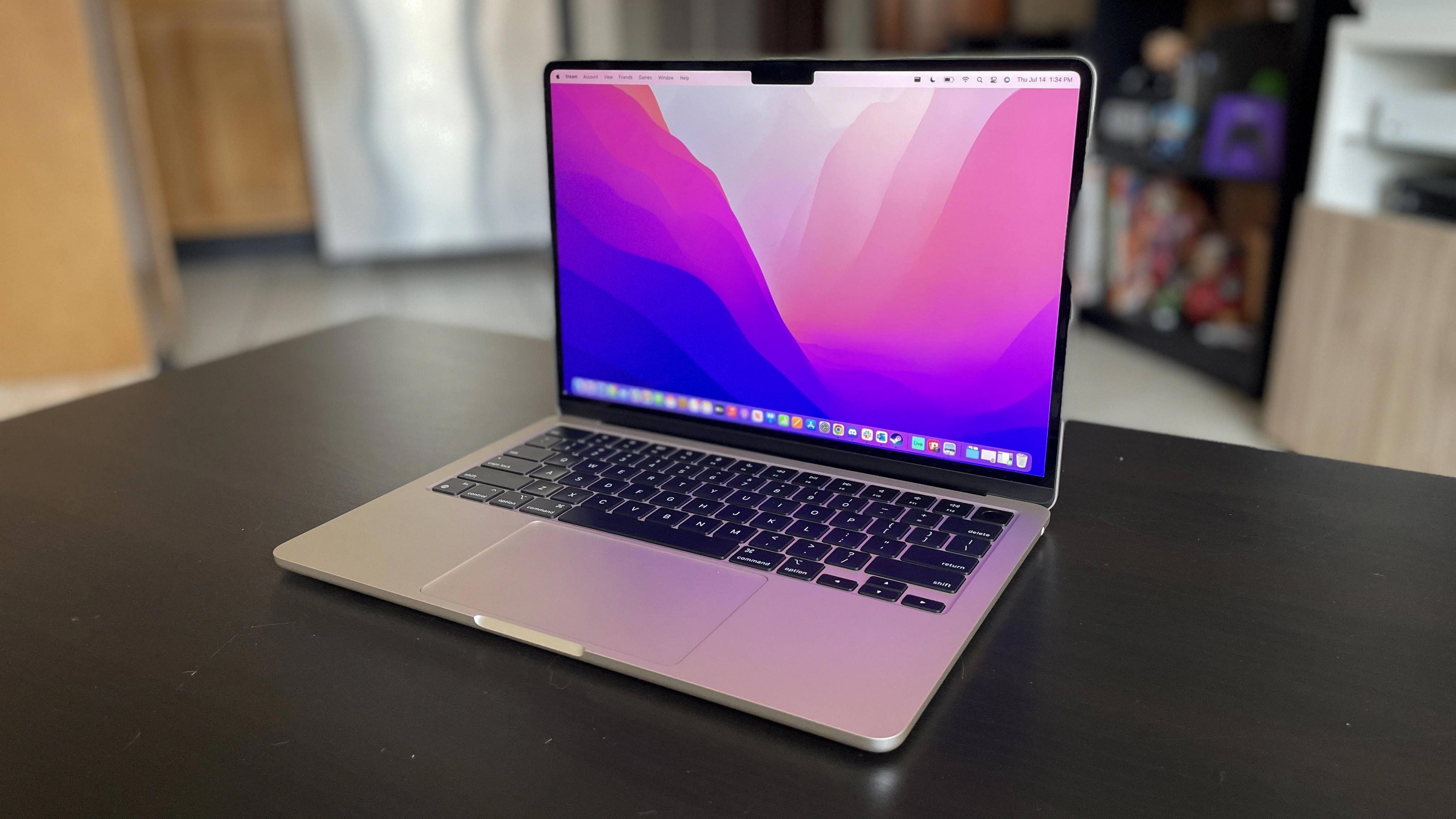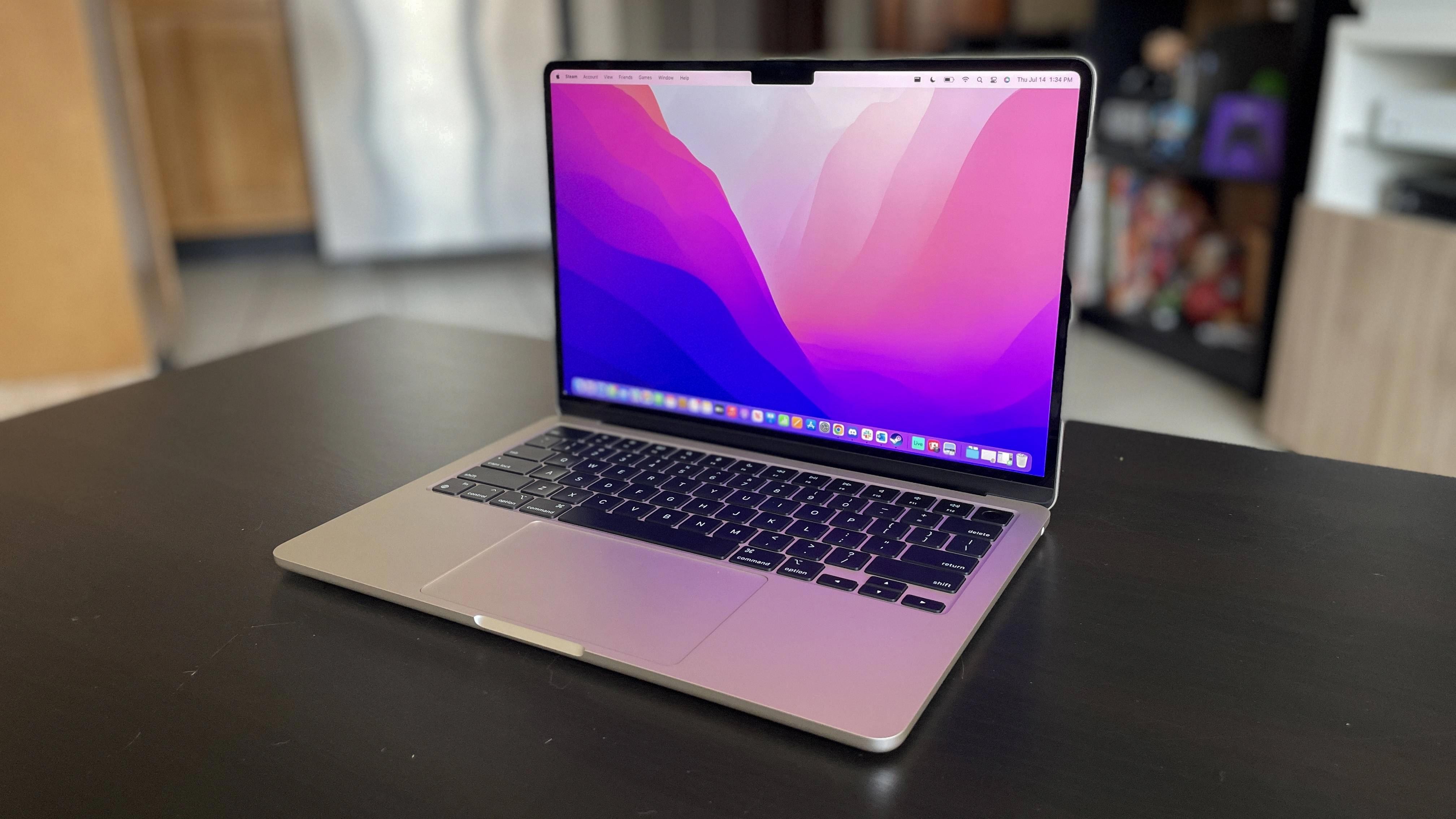Dell laptops are popular among users for their reliability and performance. However, like all electronic devices, they can experience issues from time to time. One common problem that Dell laptop users face is the need to force a shutdown when their computer is unresponsive. In this article, we will discuss how to force the shutdown a Dell laptop.
Before we begin, it is important to note that force shutting down your computer should only be done as a last resort. It can cause data loss and potential damage to your hardware. It is always best to try other troubleshooting methods before resorting to a forced shutdown.
Method 1: Using the Power Button
The first method to force the shutdown of a Dell laptop is by using the power button. Press and hold down on the power button until your computer turns off. This method should only be used if your computer is completely unresponsive and you are unable to access the Task Manager.
Method 2: Using the Keyboard
If your Dell laptop is still partially responsive, you can use the keyboard to force a shutdown. Press and hold down the Ctrl and Alt keys, then press the Delete key. This will bring up the Task Manager. From there, click on the “More Details” button to expand the Task Manager. Next, click on the “Processes” tab and locate any programs that are not responding. Select the program and click on the “End task” button. Repeat this process for any other unresponsive programs. If this does not work, press and hold down the power button until your computer turns off.
Method 3: Removing the Battery
If your Dell laptop has a removable battery, you can try removing the battery to force a shutdown. First, unplug the AC adapter or power cable from your laptop. Next, remove the battery from the laptop. Wait for a few minutes before reinserting the battery and plugging in the AC adapter or power cable. Turn your laptop back on to see if the issue has been resolved.
Force shutting down a Dell laptop should only be done as a last resort. It can cause data loss and potential damage to your hardware. Before resorting to a force shutdown, try other troubleshooting methods such as accessing the Task Manager or removing the battery. If you continue to experience issues with your Dell laptop, contact Dell support for further assistance.

Turning Off a Frozen Dell Laptop
If your Dell laptop is frozen and you’re unable to turn it off through the usual method, you can try a hard reset. This involves pressing and holding down the power button until your computer turns off completely. Here are the steps to follow:
1. Locate the power button on your Dell laptop. It is usually located on the top or side of the keyboard.
2. Press and hold down the power button for 10-15 seconds. This will force your computer to shut down completely.
3. Release the power button and wait a few seconds.
4. Press the power button again to turn your Dell laptop back on.
Note that a hard reset should only be used as a last resort when your computer is completely frozen and unresponsive. It’s always a good idea to save your work frequently and run regular maintenance on your computer to prevent these issues from happening in the first place.
Forcing a Laptop to Shutdown
To force your laptop to shut down, you can perform a hard shutdown. This is done by pressing and holding down the power button until the system turns off completely. Here are the steps to perform a hard shutdown on a laptop:
1. Close all running applications and save your work.
2. Press and hold down the power button on your laptop.
3. Keep holding down the power button until the laptop turns off completely.
4. Release the power button.
5. Wait for a few seconds before turning on the laptop again.
It is important to note that a hard shutdown should only be used as a last resort when the laptop is unresponsive or frozen. Continuously performing hard shutdowns can cause damage to the system and result in the loss of unsaved data.
Forcing a Dell Laptop to Turn On
To force a Dell laptop to turn on, you can try the following steps:
1. Press and hold the power button for 15 to 20 seconds to drain residual power.
2. Connect the AC adapter or power cable and the battery (for Dell laptops).
If the laptop still doesn’t turn on, try the following troubleshooting steps based on the symptoms:
– If the power LED light on the laptop is on but the screen is blank, try connecting an external monitor to see if it displays anything. If it does, the issue may be with the laptop’s display or graphics card.
– If the laptop beeps or displays an error message when you try to turn it on, consult the manual or Dell’s support website for information on what the beep codes or error messages mean. This can help you diagnose the issue and determine if it’s something you can fix yourself or if you need to take the laptop to a professional.
– If the laptop turns on but is unable to boot into Windows, try booting into Safe Mode or using a Windows recovery disk to repair the operating system. If these options don’t work, you may need to reinstall Windows or take the laptop to a professional for further diagnosis and repair.
By following these steps and troubleshooting based on the symptoms, you can potentially resolve the issue and get your Dell laptop to turn on and function properly.
Conclusion
Dell laptops are known for their high-quality performance, durability, and reliability. However, like any other electronic device, they may encounter problems that can cause them to malfunction or become unresponsive. It is important to troubleshoot and identify the symptoms to determine the appropriate solution. By following the steps mentioned above, users can effectively reboot and try again to get their Dell laptop back up and running. It is also recommended to regularly maintain and update the laptop to prevent future issues. Dell laptops are a great investment for those in need of a reliable and efficient device for work or personal use.








